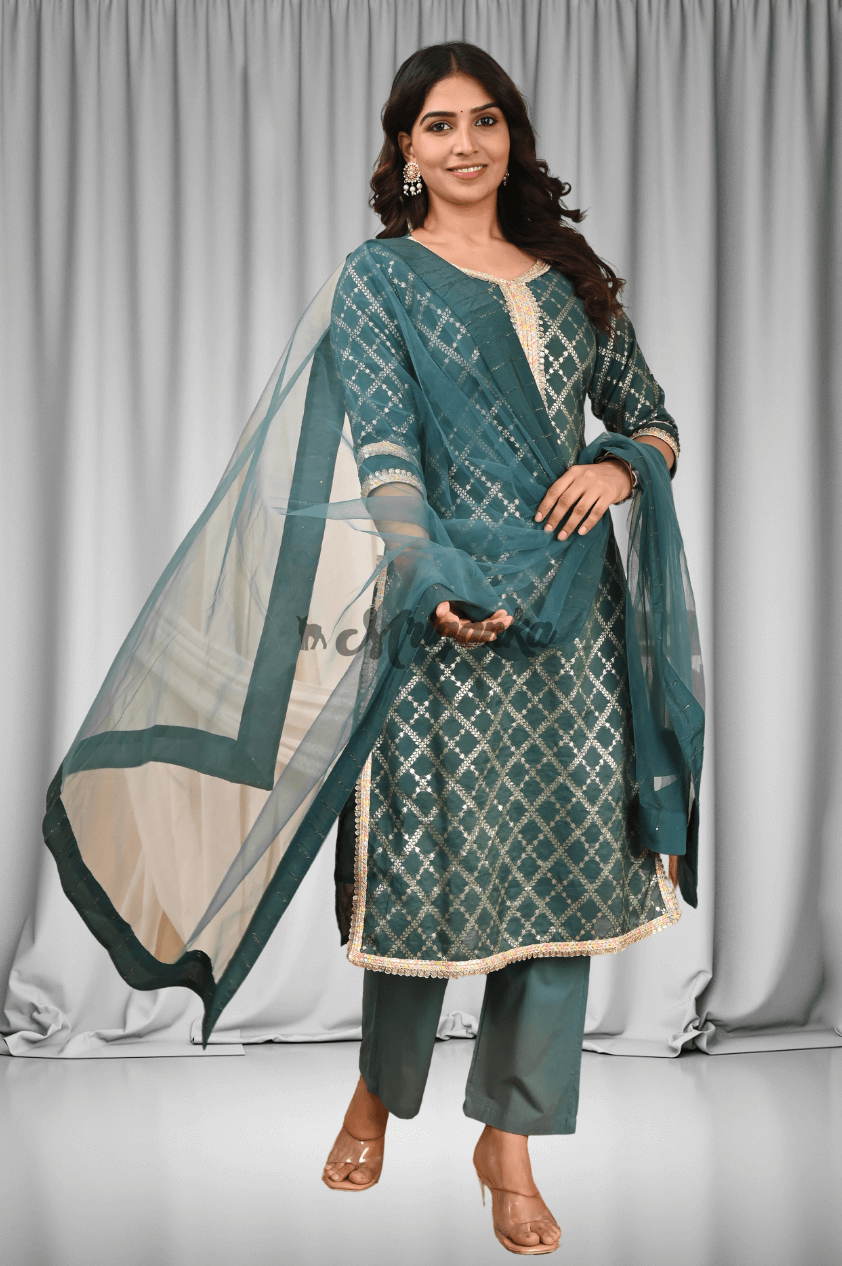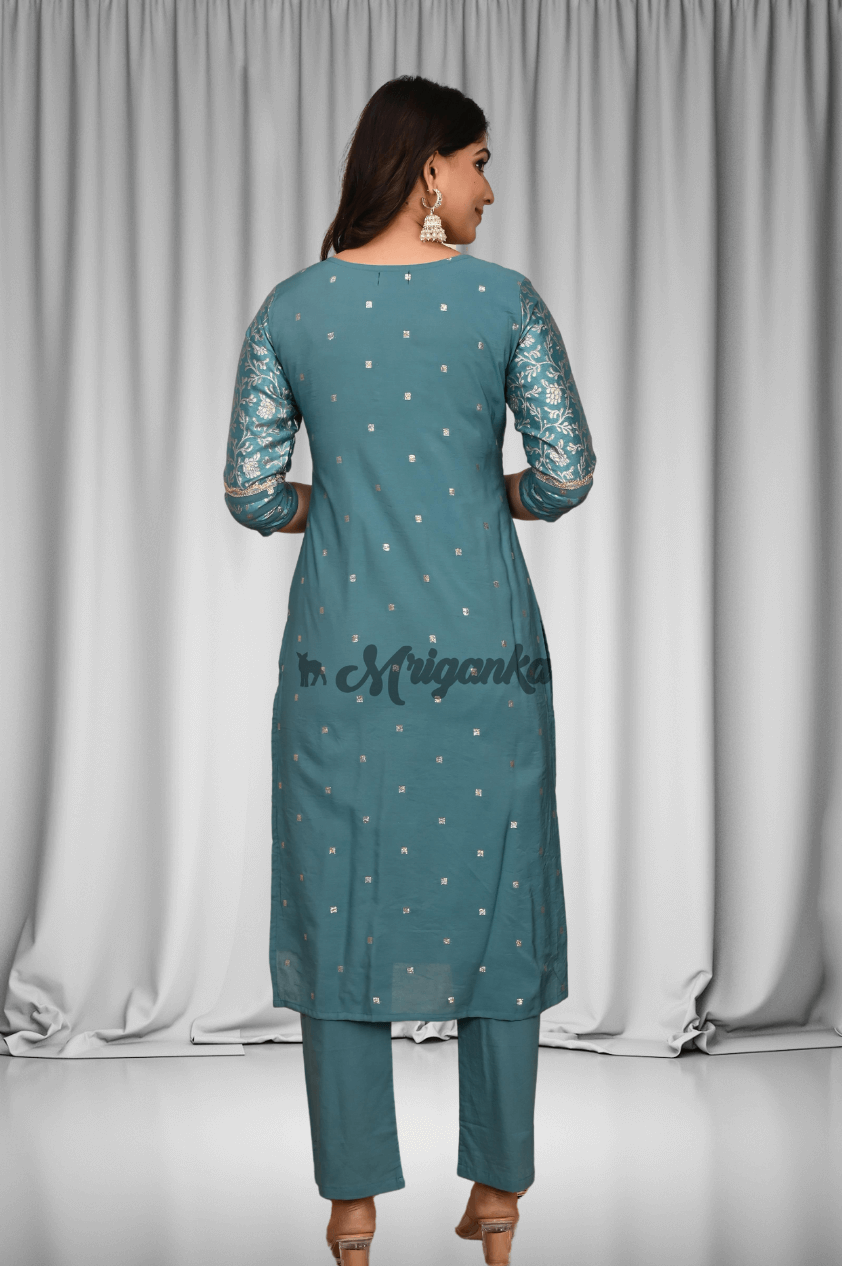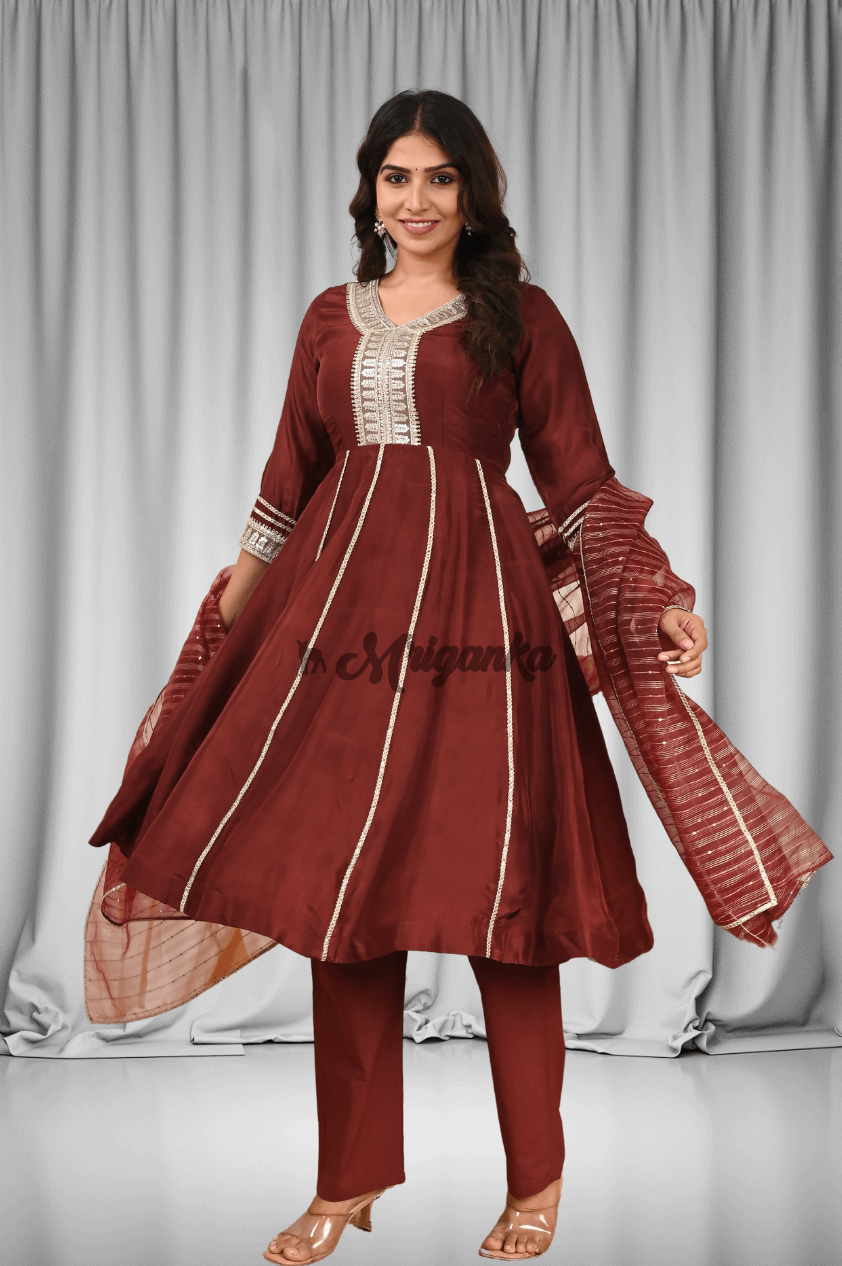The Role of Kurtis in Indian History
The Role of Kurtis in Indian History
India is a land of rich cultural diversity and heritage, reflected in its traditional attire and clothing. One such garment that holds a special place in Indian history is the Kurti. Kurtis are a type of tunic that originated in Northern India and have evolved to become a significant part of Indian fashion and culture.
The Evolution of Kurtis
The Kurti has a long history and has evolved over the years to suit the changing fashion trends and societal norms. Originally, Kurtis were worn by men and women in Northern India as a loose, collarless shirt that reached the knees. They were typically made of cotton or silk and adorned with intricate embroidery and embellishments.
Over time, Kurtis became more popular among women and underwent various changes in terms of design, fabric, and style. Today, Kurtis come in a wide range of styles, including A-line, Angrakha, and straight cuts, and are worn with different bottoms like leggings, palazzos, and jeans.
Cultural Significance
Kurtis hold immense cultural significance in Indian society. They are considered a symbol of tradition and elegance and are often worn during festivals, weddings, and special occasions. Kurtis also play a vital role in showcasing the diverse craftsmanship of Indian artisans, with intricate hand embroidery and embellishments being a common feature in many designs.
Furthermore, Kurtis are a form of ethnic wear that helps connect individuals to their roots and heritage. They come in a variety of fabrics, colors, and patterns that represent the rich cultural tapestry of India, making them a popular choice among women of all ages.
Traditional Attire to Modern Fashion Statements
While Kurtis have deep roots in Indian tradition, they have also become a fashion statement in modern times. With the rise of the fashion industry in India, Kurtis have been reinvented and reimagined to cater to the changing tastes of consumers. Designers have introduced contemporary twists to traditional Kurtis, using modern cuts, prints, and fabrics to appeal to a global audience.
Today, Kurtis are not just limited to ethnic wear but are also considered a versatile wardrobe staple that can be styled in various ways. They can be paired with Western bottoms like jeans and skirts for a fusion look or worn with traditional accessories like jhumkas and bangles for a more traditional ensemble.
The Significance of Kurtis in Indian Clothing
Kurtis play a crucial role in Indian clothing and are a favorite choice among women for their comfort, versatility, and elegance. They are suitable for all body types and can be worn on different occasions, making them a popular choice for everyday wear as well as formal events.
Moreover, Kurtis are also a sustainable and eco-friendly option in the world of fast fashion. Many designers and brands are now promoting handwoven and handcrafted Kurtis made from organic fabrics, thereby supporting local artisans and preserving traditional craftsmanship.
The Cultural Heritage of Kurtis
As a garment deeply rooted in Indian culture, Kurtis represent the cultural heritage and identity of the country. They symbolize the artistry and craftsmanship of Indian weavers and artisans, who have been creating exquisite designs for centuries.
Wearing a Kurti is not just about donning a piece of clothing but also about carrying forward a legacy of tradition and culture. It is a way for individuals to express their pride in their heritage and celebrate the rich cultural tapestry of India.
In conclusion, Kurtis have played a significant role in Indian history and continue to hold a special place in Indian society. From their humble origins as traditional attire to their transformation into modern fashion statements, Kurtis have evolved to become a symbol of tradition, elegance, and cultural heritage.
As India continues to embrace its rich cultural diversity, Kurtis will undoubtedly remain a timeless and cherished garment that transcends fashion trends and embodies the essence of Indian identity and heritage.
Share this post:
















